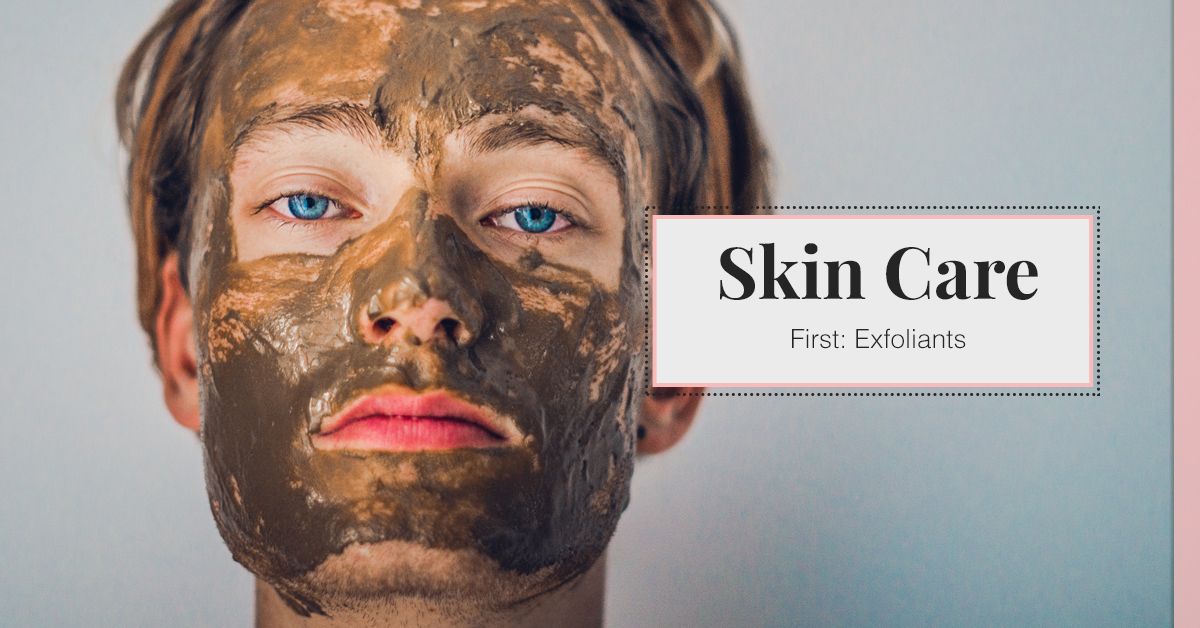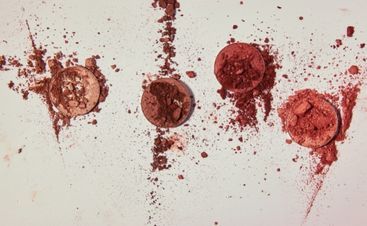THE MICRODERM
The Microderm, or microdermabrasion, is a term for using tiny rough grains to buff away the surface layer of skin. It’s a great procedure that both medical clinics and salons offer. The service is generally performed on the face, chest, neck, arms, and hands. The process works at eliminating the stratum corneum, the top most layer of skin. This layer allows moisturizers and other skin treatments to melt through to the skin cells beneath, the layer where you’ll find blemishes and signs of age. When you get a microderm, you remove the stratum corneum which the body interprets as a low-grade injury. Your body then pushes fresh skin cells up to the surface to replace the missing ones. You’ll notice in the first hour after getting the treatment done you’ll notice a slight swelling or redness because of this process taking place. This will make your skin look and feel smoother, and some of the skin’s physical imperfections will disappear like sun damage, blemishes, and fine lines.Without that barrier of dead skin cells resting on the top, creams and other skin treatments will seep into your skin more completely. It’s encouraged that you get these done regularly at first. Studies show that continued treatments will affect how the base skin cells grow and will help to get rid of deeper blemishes much quicker. The continued loss of older cells will push your skin cells into overdrive and they’ll be sure to push fresh cells to the top, keeping you looking younger and healthier. There are two types of microderm commonly used in salons, diamond and sand exfoliants. The diamond uses a diamond tip and is much more effective because of the finer grain, but sand works just as well and is much more affordable. Both are a great way to vanquish blemishes and help with the overall youth of your skin which makes makeup application much easier!
CHEMICAL PEELS
You can find these at salons or get one from your dermatologist. A chemical mixture is applied to your skin that causes it to exfoliate and eventually peel off. Your new regenerated skin will be smoother and with fewer wrinkles than the old skin. Currently, there are three types of chemical peels:
Superficial, or a lunchtime peel: They’ll apply a chemical called alpha-hydroxy acid, or another mild acid, to penetrate that same outer layer of skin to gently exfoliate it away. This can improve mild skin discoloration, will refresh the skin wherever it’s applied, and will eliminate those pesky rough patches.
Medium peel: You’ll often see chemicals like glycolic or trichloroacetic acid applied in small amounts. This peel can reach all the way down to the middle layers of skin and remove damaged skin cells like age spots, fine lines and wrinkles, freckles, and some skin discoloration.
Deep peel: This peel uses phenol or trichloroacetic acid to successfully infiltrate the middle layer of skin to do the same as the medium peel for age spots and other kinds of damaged skin cells; however, while you’ll often see a dramatic improvement in the skin’s imperfections, it’s important to remember that this process can only be done once because of its pretty invasive properties.Toner is prep for your pores. It restores your pH level, disposes of the impurities, and helps your skin absorb the rest of the products you’ll use on it.




